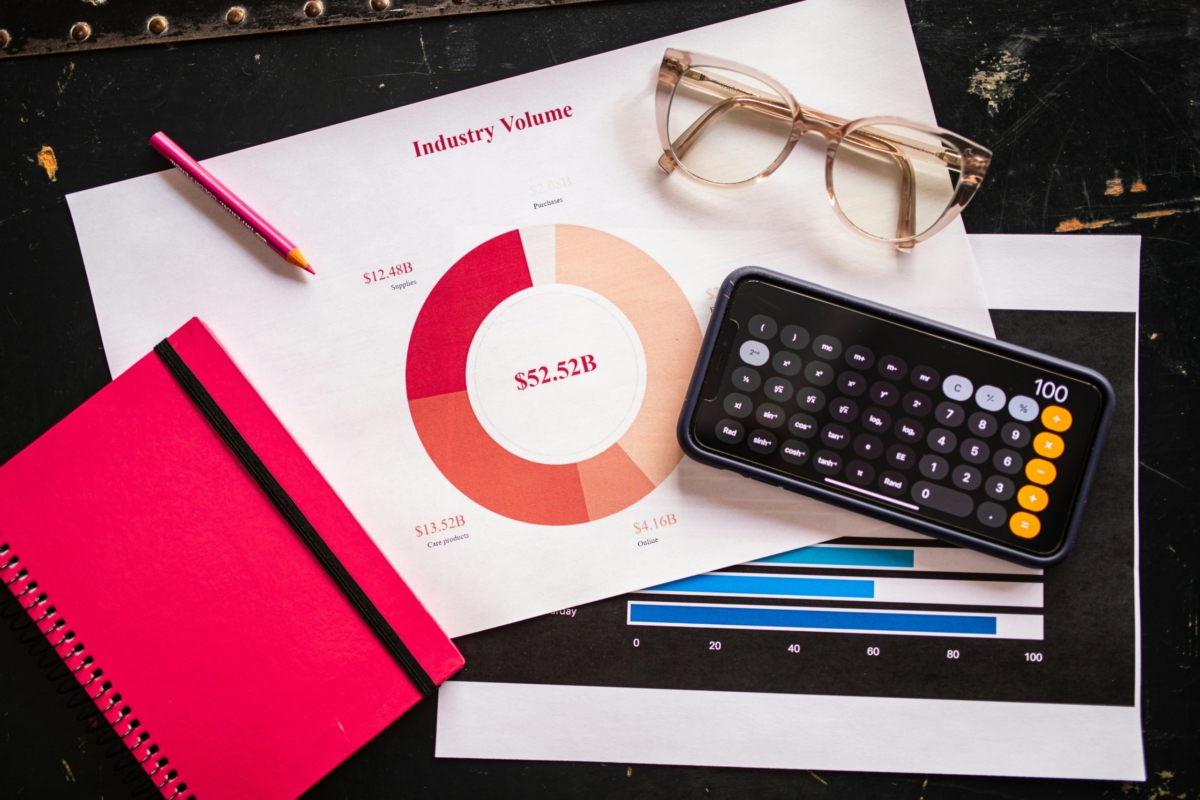Advanced Excel Forecasting Models for CFOs: From Scenario Planning to Sensitivity Analysis
Let me tell you something about forecasting that doesn’t make it into the glossy investor decks: it’s less art, more street fight. Forecasting is what happens when you’re locked in a room with imperfect data, an impatient executive team, and the ticking clock of a quarterly board meeting. I’ve lived that loop more times than I care to admit.
And if you’re the CFO or senior finance leader in that room, you don’t get to shrug and say, “Well, the market’s volatile.” They want direction. Precision. A story with guardrails.
That’s where advanced forecasting models in Excel come in. No, not the overgrown jungle of tabs built by someone who left the company last year. I mean the kind of models that are alive—adaptive, scenario-based, and transparently structured so you can explain them under fire.
Let’s walk through how to build and deploy forecasting models in Excel that don’t just predict the future, but prepare you for it.
1. Build for Change: The Core Principle of Agile Forecasting
If you’ve ever worked at a company where forecasts are rebuilt from scratch every quarter, you know what I mean when I say: most models aren’t built to flex.
Your forecast needs to absorb uncertainty without collapsing. That means:
- Clear separation between inputs, assumptions, calculations, and outputs
- Version-controlled base cases that you can clone and tweak
- Dynamic named ranges (no hard-coded ranges that break when data shifts)
- Drivers first, noise second: always prioritize the 3–5 metrics that actually matter
Start with simplicity, then scale complexity only where you need it.
2. Scenario Planning: The CFO’s Reality Check
Executives love best-case scenarios. Until the market changes. Then they want to know what the downside looks like—and they want that answer now.
Scenario planning isn’t a deck. It’s a workflow. And Excel is still the best place to build it.
Set up your base model with toggles or a control panel where you can flex key inputs:
- Revenue growth assumptions (flat, 5%, 15%, etc.)
- CAC increases or decreases by channel
- Hiring freeze vs. aggressive expansion
- Gross margin pressure from vendors
Here’s what it might look like:
| Scenario | Revenue Growth | CAC Delta | Headcount Growth | Gross Margin | Runway Months |
|---|---|---|---|---|---|
| Base Case | 10% | 0% | 3% | 60% | 14 |
| Optimistic | 18% | -5% | 5% | 65% | 20 |
| Downside | 4% | +10% | 0% | 55% | 9 |
You don’t need 10 scenarios. You need 3 clear ones. The goal isn’t to simulate every future. It’s to pressure-test the present.
3. Sensitivity Analysis: Where Risk Lives
If scenario planning is the map, sensitivity analysis is the radar.
This is where we ask: which assumptions break us?
Use Excel’s Data Table feature to model how changes in one or two variables impact key outcomes like EBITDA, cash runway, or burn.
Set up a grid and feed it one variable at a time. Like this:
| CAC Increase (%) | Cash Runway (months) |
| -10 | 16 |
| 0 | 14 |
| +10 | 11 |
| +20 | 9 |
Want to impress the board? Show them which single metric, when off by 10%, costs the company 4 months of runway.
You don’t need complex add-ins. You need visibility.
4. Rolling Forecasts: Stop Worshipping the Annual Plan
I once worked at a company that celebrated their annual operating plan like it was scripture. We locked it in January, then spent the next 11 months explaining why it no longer made sense.
Rolling forecasts are how finance stops playing defense.
In Excel, you can build a 12-month rolling forecast that updates automatically as new months close. It should:
- Pull actuals dynamically from your ERP or GL dumps
- Roll forward monthly using the latest 3–6 month run rates
- Allow inputs to adjust based on trends (e.g., seasonality or margin compression)
It’s not about being perfect. It’s about being relevant. When you shift to a rolling model, your finance team becomes a forward-looking machine, not a backward-looking record keeper.
5. Cohort Forecasting: When Averages Lie
If you’re running a SaaS or recurring revenue business and still using average churn and LTV, please stop.
Cohort forecasting allows you to:
- Model retention by acquisition month or source
- Track margin by cohort
- Forecast expansion and contraction more accurately
In Excel, use pivot tables and index/match combos to group users by acquisition date and track their performance over time.
Here’s a very simplified table:
| Cohort (Start Month) | Month 1 MRR | Month 3 MRR | Month 6 MRR | Retention % |
| Jan 2024 | $20,000 | $18,500 | $16,200 | 81% |
| Feb 2024 | $25,000 | $23,000 | $21,000 | 84% |
When a board member asks why your churn is improving, this is how you show it without hand-waving.
6. Capital Planning and Burn Modeling: Where Sanity Lives
CFOs live in the land between strategy and solvency. If you’re not modeling burn and cash inflection points weekly, you’re flying blind.
Build a cash flow schedule that:
- Starts with revenue, then flows through expenses line by line
- Separates fixed vs. variable costs
- Flags runway, break-even point, and time-to-next raise
And please—for the love of everything—stop using indirect cash flow methods for operating models. Direct is harder, but it’s honest.
Stop Forecasting for Optics, Start Forecasting for Action
Forecasting isn’t a PowerPoint exercise. It’s your first line of defense.
And Excel—despite all the new tools and platforms—is still the sharpest weapon in the hands of a team that knows how to use it.
This wasn’t written to impress you with formulas. It’s to remind you that good forecasting doesn’t require a PhD. It requires structure, clarity, and the courage to look at the ugly version of the future—not just the polished one.
If this article helped shift how you think about financial planning, share it. I put real time into this because there are too many CFOs doing gymnastics in spreadsheets built on shaky logic. We can do better.
If you want to talk models, pressure-test an approach, or share your own forecasting war stories, my DMs are open.
And here’s something unconventional to chew on: What if finance isn’t about forecasting the future—but choosing the one we’re willing to build?
Are you forecasting to feel safe? Or to make bold decisions before anyone else sees the cliff?









Leave a Reply
Want to join the discussion?Feel free to contribute!